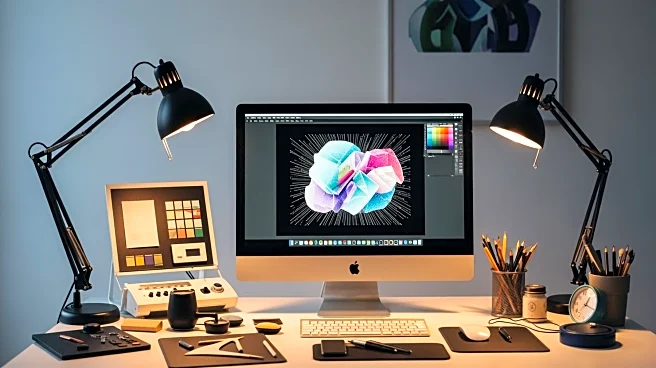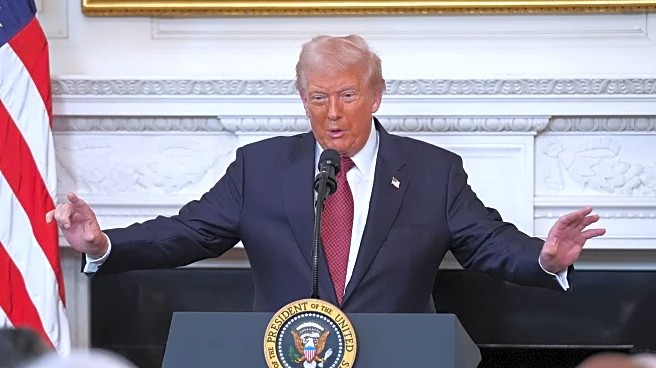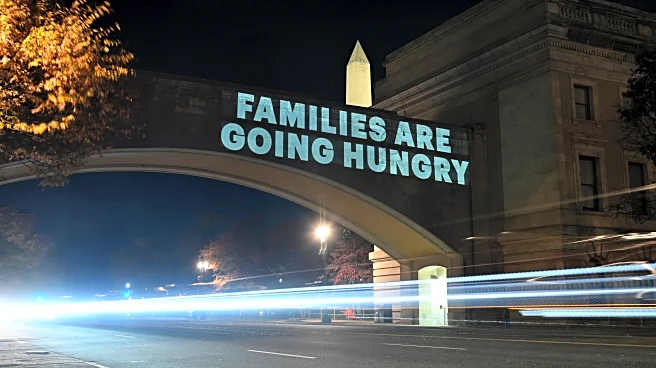What's Happening?
Graphic designers have critiqued President Trump's new Oval Office signage, describing it as tacky and reminiscent of resort aesthetics. The sign, featuring a gilded script font, was noticed by photographers
at the White House and has sparked online commentary. Designers compared the sign to decor found in Florida resorts and noted its similarity to signage at Trump's Mar-a-Lago resort. The sign is seen as a reflection of Trump's branding approach, marking territory and asserting ownership. Critics argue that the sign's design lacks tasteful aesthetics and overcompensates with performative luxury.
Why It's Important?
The critique of President Trump's Oval Office signage highlights the intersection of design, branding, and political image. The choice of signage reflects Trump's approach to self-branding and his influence on the aesthetic of government spaces. The discussion around the sign underscores the role of design in shaping public perception and the importance of thoughtful aesthetics in political settings. The commentary also touches on broader themes of luxury and branding, offering insights into how design choices can impact the image of political figures and institutions.
Beyond the Headlines
The signage critique raises questions about the role of design in political branding and the implications of aesthetic choices in government spaces. The focus on performative luxury and self-branding reflects broader cultural trends and the influence of personal branding in politics. The discussion may prompt further examination of how design and aesthetics are used to convey power and authority, and the ethical considerations involved in such choices.













